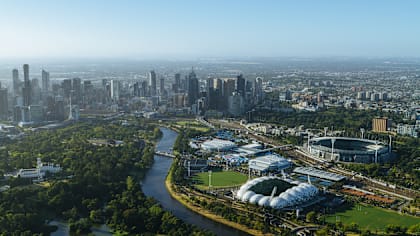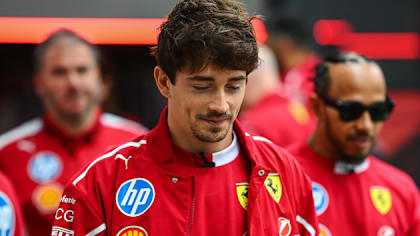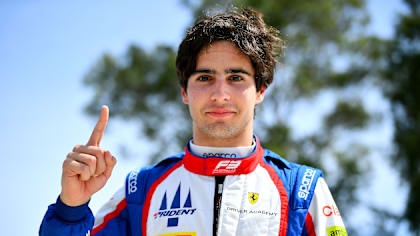The punishing 7.004 kilometre Spa-Francorchamps circuit poses a huge challenge for even the most experienced of F1 teams. This weekend’s 2016 Formula 1 Belgian Grand Prix will be Haas’s first outing at the legendary track, but thankfully team principal Guenther Steiner - and his drivers - are no strangers to the famed venue…
Q: How do you prepare for the unpredictability of the weather at Spa, as one part of the course can be clear and dry while another portion can be wet and slippery?
Guenther Steiner: You can prepare for the race by getting the team’s times down for when you need to change the tyres. Otherwise, I think the driver’s experience comes into play here - what to do and when to do it. It all comes down to the driver and what they want to do next.
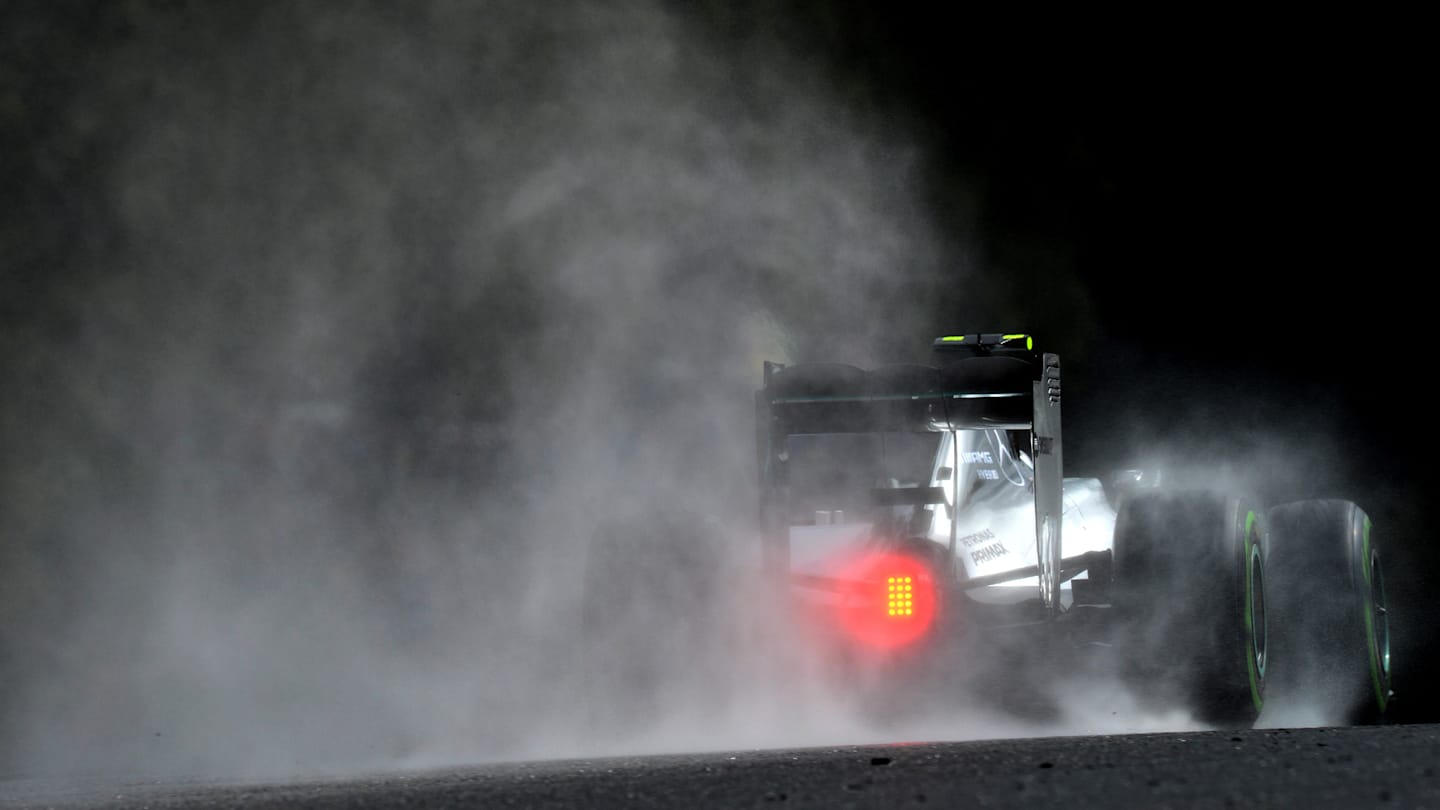
www.sutton-images.com Nico Rosberg (GER) Mercedes AMG F1 W05. Formula One World Championship, Rd12, Belgian Grand Prix, Qualifying, Spa-Francorchamps, Belgium, Saturday 23 August 2014.
I think the driver’s experience comes into play here - what to do and when to do it
Guenther Steiner on Spa's fickle climate
Q: Fuel management played a role at the German Grand Prix, as the Hockenheimring saw drivers at full throttle for two-thirds of every lap. But Spa is 1.5 kilometres (.932 of a mile) longer than the Hockenheimring and drivers are on the throttle just as much. How much does fuel management play into your strategy at Spa?
GS: Fuel management is about the same, and it’s very important because the car needs the right time to lift off. Now with the radio communication, it is helpful because the engineer can give advice rather than in the past when the driver would ask and the engineer could not answer.
Q: Spa has high-speed straights and corners combined with a tight and twisting section, especially between turns eight and 15. How do you set up the car to tackle all the different aspects of the track? Do you have to make sacrifices in one section to gain an edge in other sections?
GS: Like in Hockenheim, we play between levels. It comes between using a low downforce and high topping speed at a low track or using the downforce in the twisty section and losing a little bit of speed in the fast sections.
Q: There has historically been a high incidence of safety cars at Spa. When the safety car comes out, be it virtually or physically, how does it affect your strategy, and is there any way to plan in advance for a safety-car scenario?
GS: The safety car is always included in the plans in advance. The strategy depends on what lap the safety car comes out on, which tyre we are on, and if we should come in or stay out. One of the most important things before the race starts is to know the safety car window, when it opens and when it closes. It changes during the race because you get better data on the tyre degradation and also from the positions the other competitors are in at that time.
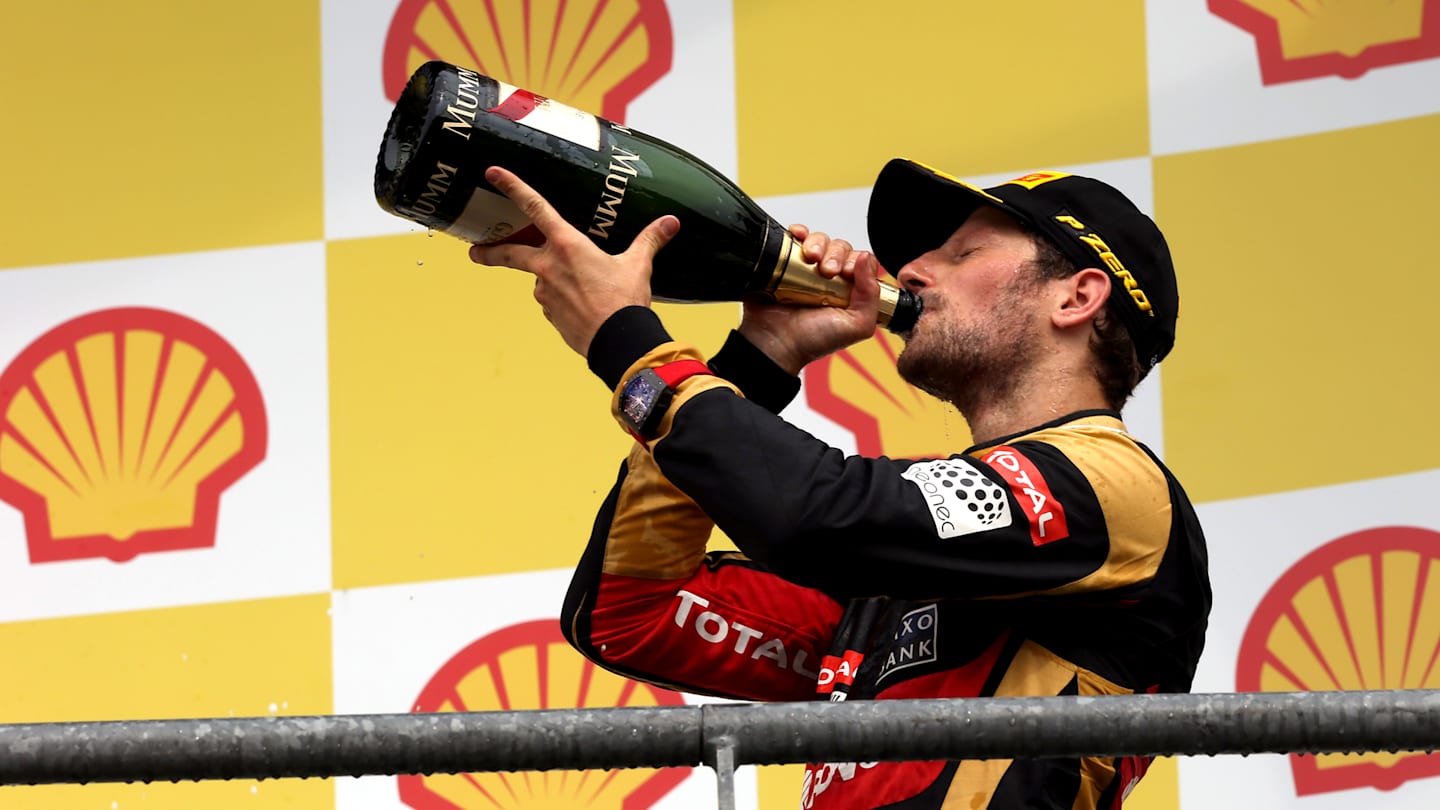
Romain Grosjean (FRA) Lotus F1 celebrates with the champagne on the podium at Formula One World Championship, Rd11, Belgian Grand Prix, Race, Spa Francorchamps, Belgium, Sunday 23 August 2015. BEST IMAGE
Haas driver Romain Grosjean knows Spa well...
...He finished on the podium for Lotus last year
Q: Tyres and the duration of their use was the topic coming out of last year’s Belgian Grand Prix. As we come up to the one-year anniversary of the discussion of lap limits on tyre usage, is it still an issue, or with Pirelli introducing three compounds to choose from and mandating that two of those three compounds be used in the race, is the topic of limiting tyre usage moot?
GS: Pirelli has stepped up to give minimum tyre pressure and I think that helps a lot. They get a lot of data from the teams and then they use that data to give advice. They usually give advice on tyre pressure and what the maximum laps on tyres should be. The biggest factor is them giving the minimum tyre pressure from the data they have collected from the teams. Pirelli has done a great job with that and it helps a lot.
Q: Does the current generation tyre’s performance dictate how long you can stay on a set, because the rate of fall-off can be so drastic?
GS: Normally, yes. It’s a fine line because when the driver comes in, the tyre is at the edge. Sometimes there is still 20 percent of tyre left, but you come in because the lap times are so slow that there is no point of staying out.
Q: How helpful is it to now have clear instruction as to what can be said on the radio and when during a race weekend?
GS: It’s nice to know that you can’t get fined now for something you didn’t have intentions of doing. Before it wasn’t clear on what was right or wrong to say, so it was difficult to obey the rule. Now we can say what we need to say. If somebody goes back now and listens to the instructions that were given to the drivers, they realise it wasn’t something said to make them go faster but rather solving the problem at hand. It allows us to get a read from the drivers now on the tyres and other information that becomes useful to help us perform better. I don’t think it makes racing any less interesting by telling them something. For me, I don’t think there is a gain or loss, but it makes it easier for the team since now the information can be more clear.




